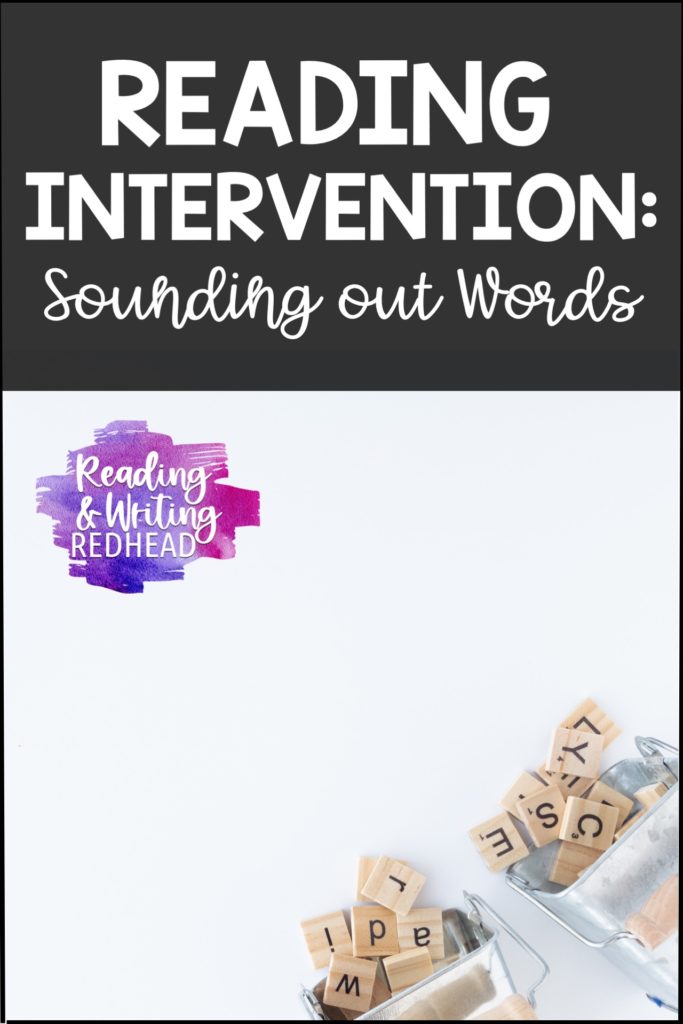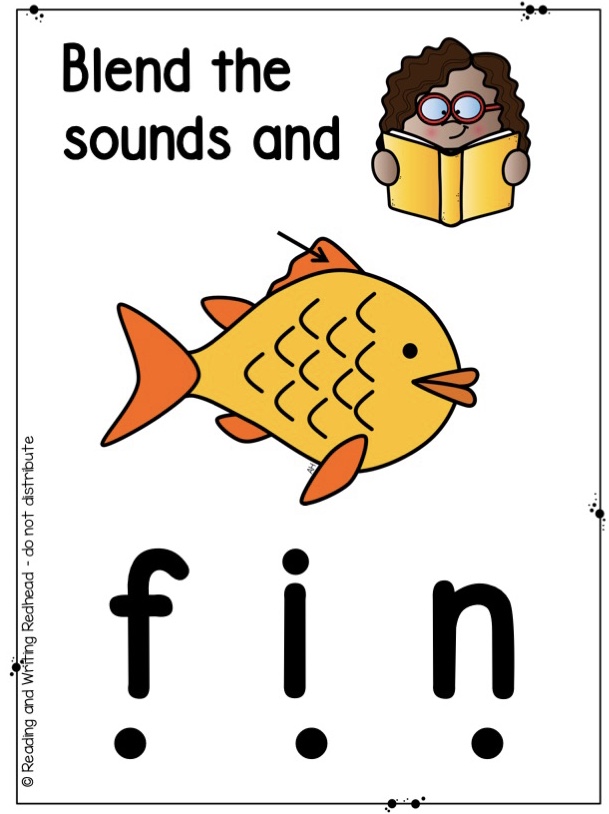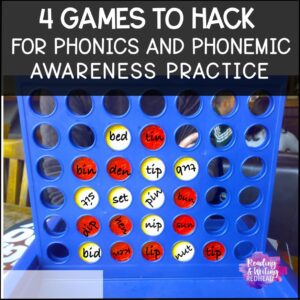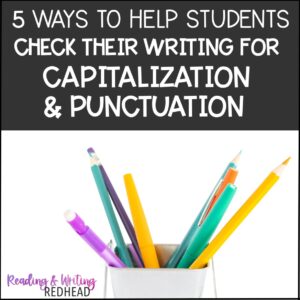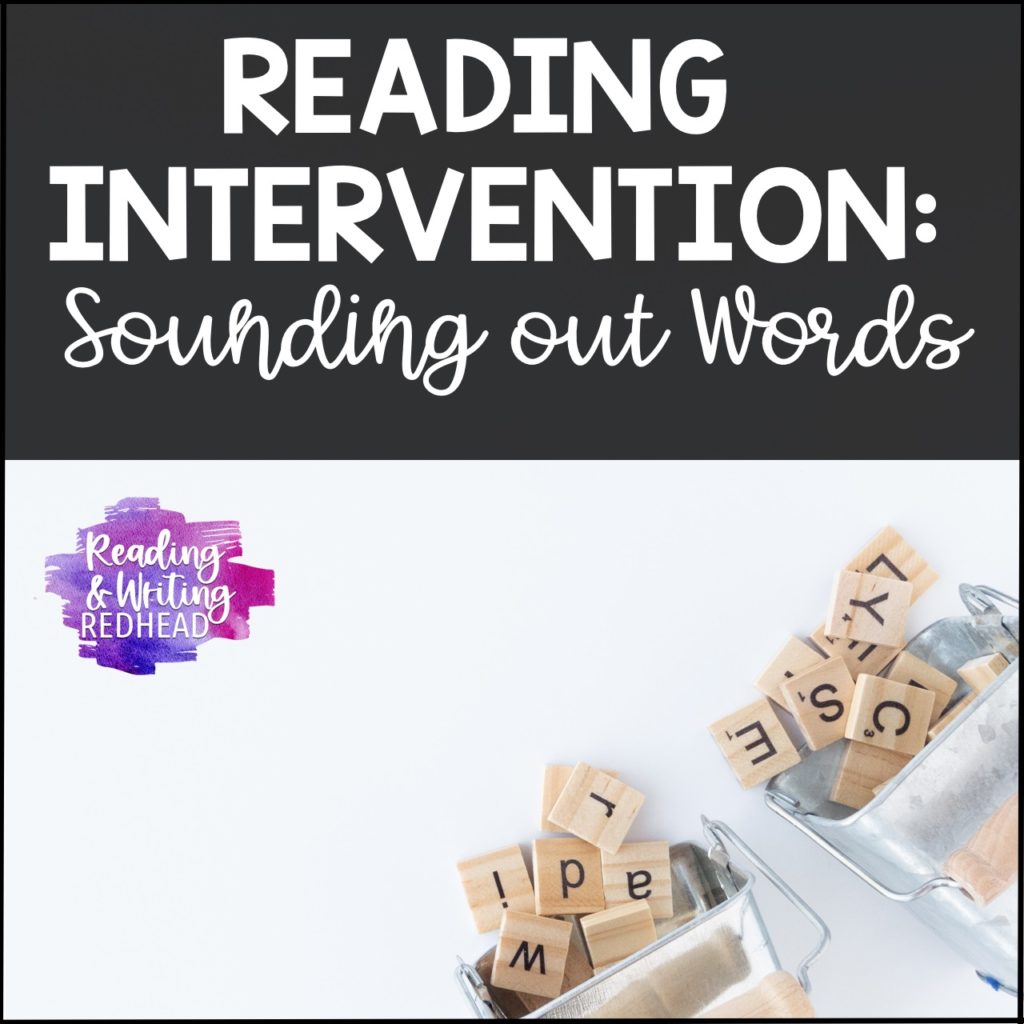
Today we’re jumping in to the second of four blog posts about reading intervention! Last time we went over the first steps of letter identification and phonemic awareness (click here). Let’s talk about phonics and specifically phonics and sounding out words!
First, a quick review – phonics involves printed words – it’s the association between letters and the sounds they represent. Your school should have a program or curriculum in place that provides sequential and systematic direct instruction to students.
What if you have students who are struggling to look at printed words like “cap” and identify that the sounds /c/ /a/ and /p/ go with those letters and read them (and they aren’t familiar with sounding out words)?
I would recommend starting with some oral blending. Try words like mat, map, sat, and even words like flap (other vowels work too). Make sure students can hear the individual sounds in the words and blend them together, like mmmmmaaaattttt / mat.
The next step you can try, once students are blending sounds orally, and you know that stdudents know their letter sounds, work with students on looking at words and stretching out them.
Start with VC (vowel consonant) words: at, it, ad, and maybe even nonsense words ot, ob, ut, et, and ep so that students practice other short vowels sounds, and then do CVC words. You can practice by just writing words on index cards or using blending cards from resources like the Reading and Intervention Resources on TPT. The blending cards come in two options; one without pictures or to support scaffolding, some that include pictures.
My school uses the Fundations program for phonics and to help students with sounding out words.
Fundations teaches students to tap out words with the sounds the letters make. Students know how to hold up their hands, fingers spread, and press their index, then middle, then ring finger, to their thumb to tap out the sounds in cap. You can also teach students who are not using Fundations to tap out sounds in words, so that then they can blend them more easily. Here’s a quick video of what it looks like.
Pop its are a craze at my school! You can use them in reading class to help students tap out words. Instead of finger tapping, they can pop a bubble for each sound!
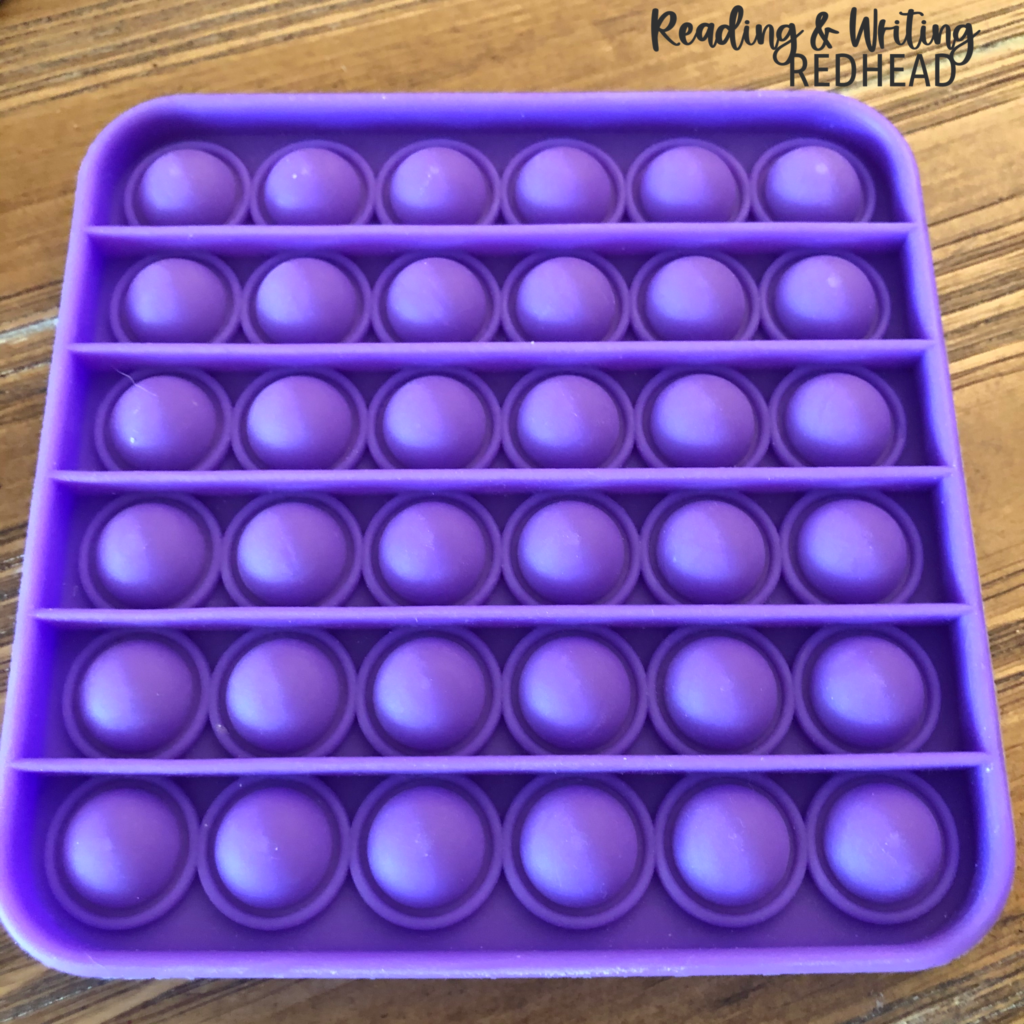
Let me know if you have any other ideas for sounding out words! Next week I will jump into the next topic in reading intervention!
BLOG POST SUGGESTIONS FOR FURTHER READING:
- 5 Frustrating Myths about Teaching Reading
- Fun Ways to Practice Spelling Trick Words
- Dos and Don’ts of Teaching Reading
- What is Phonemic Awareness?
- What is Phonological Awareness?
~Bex
